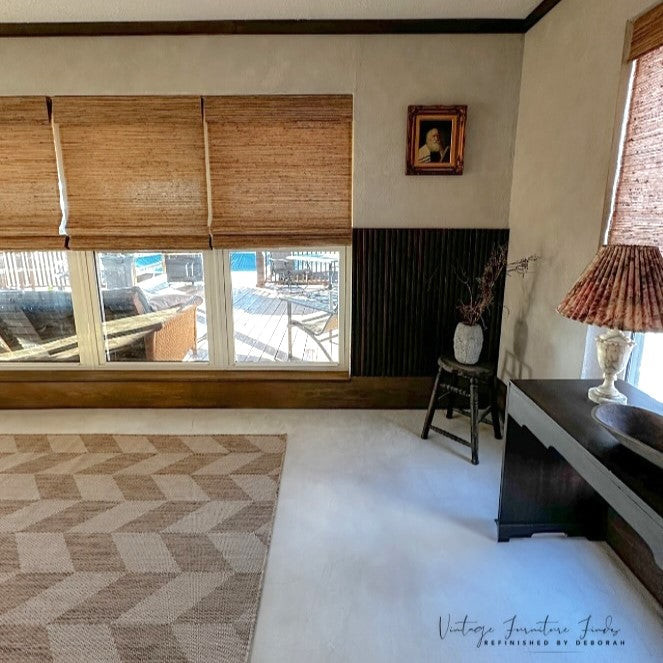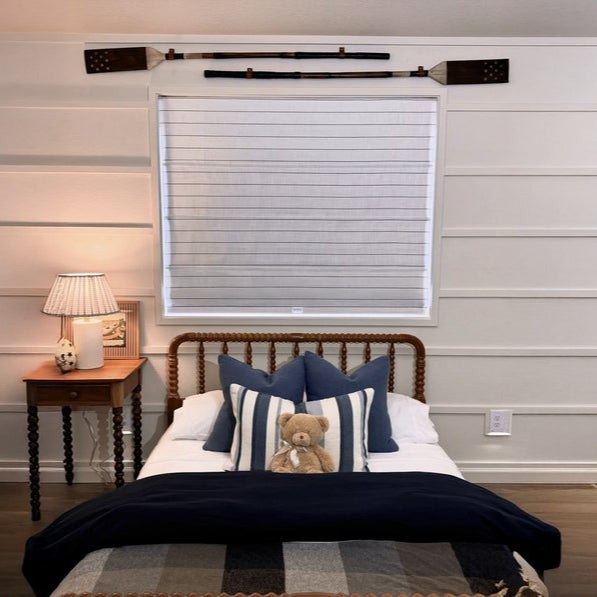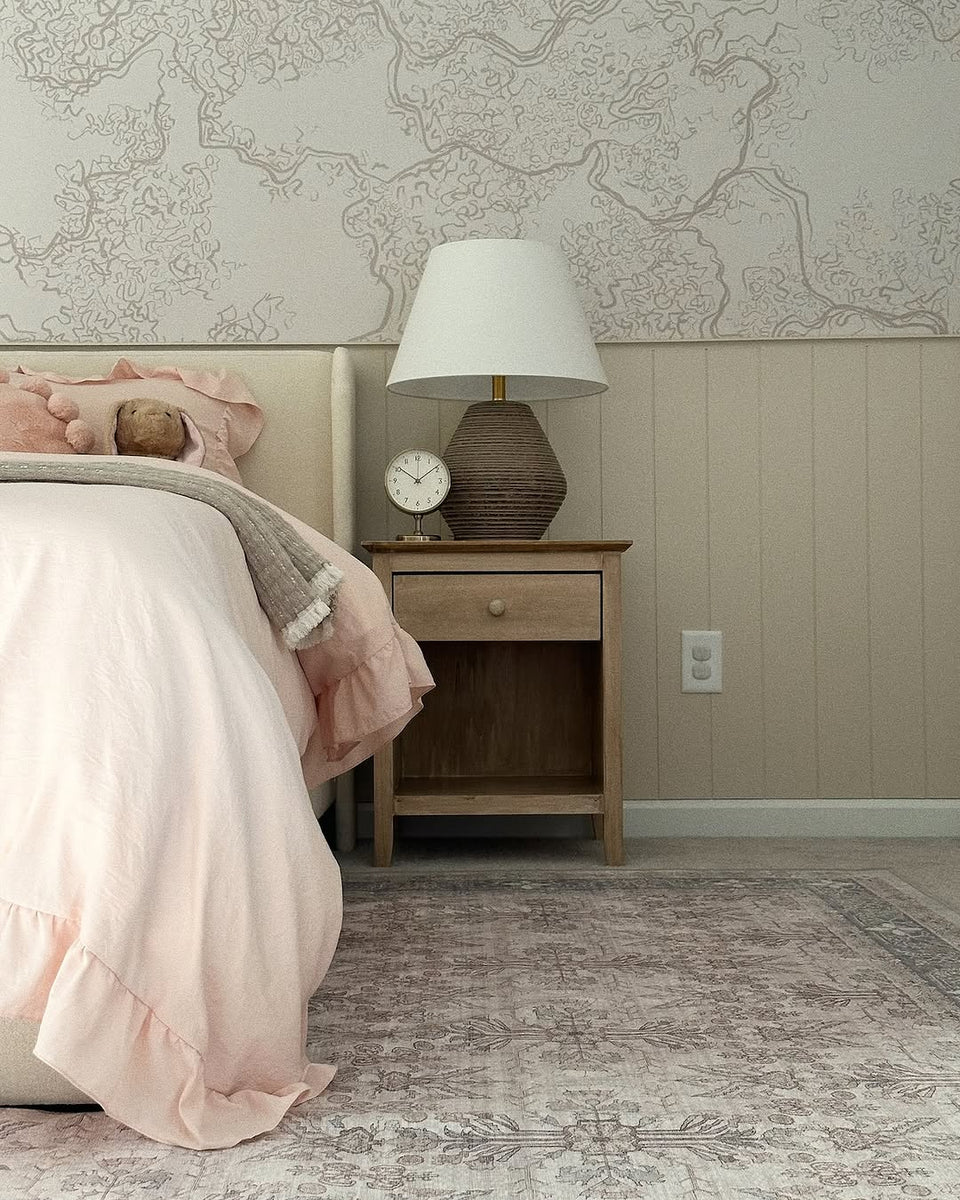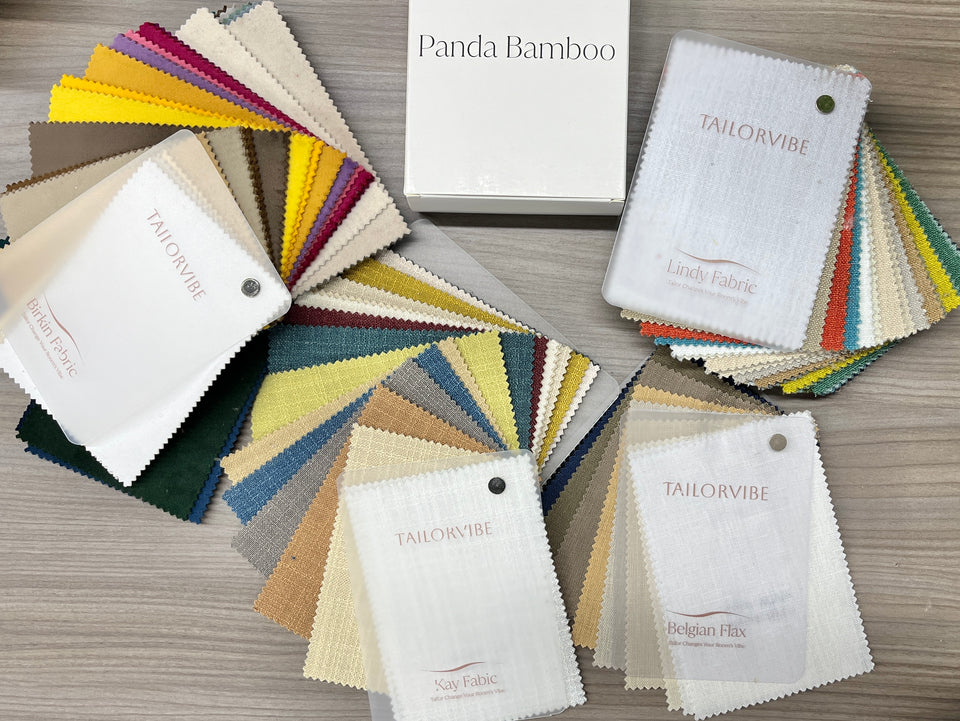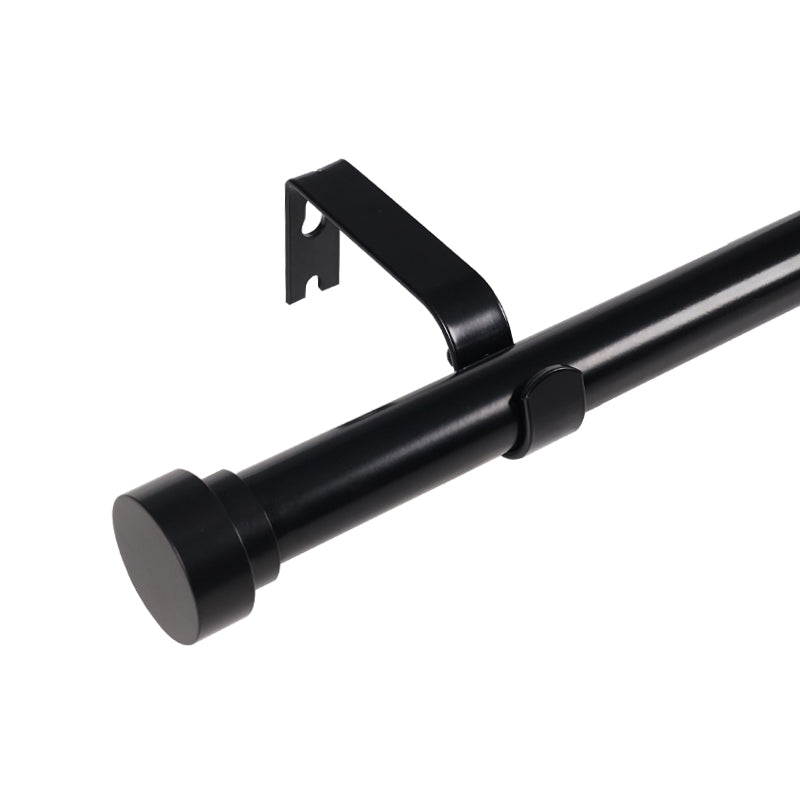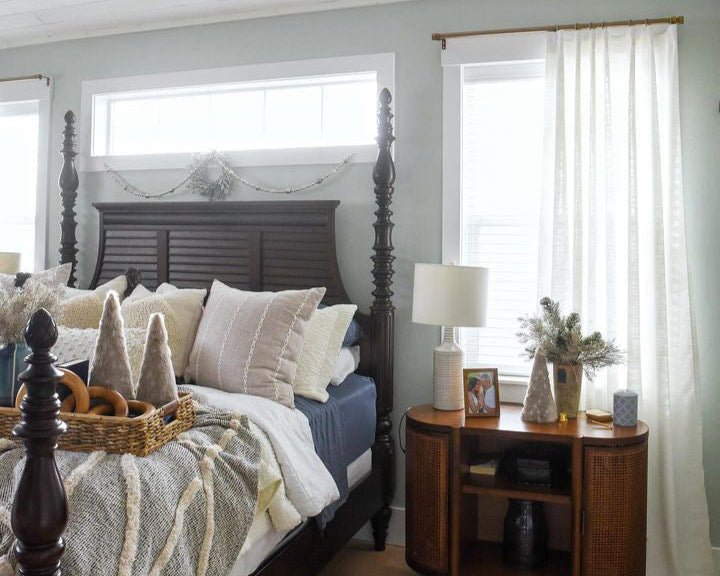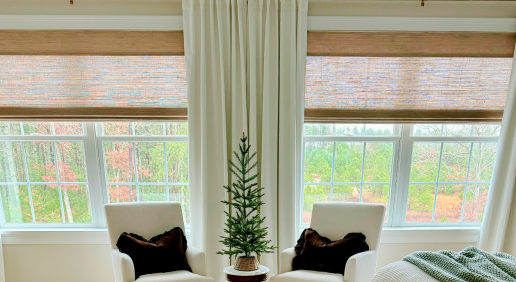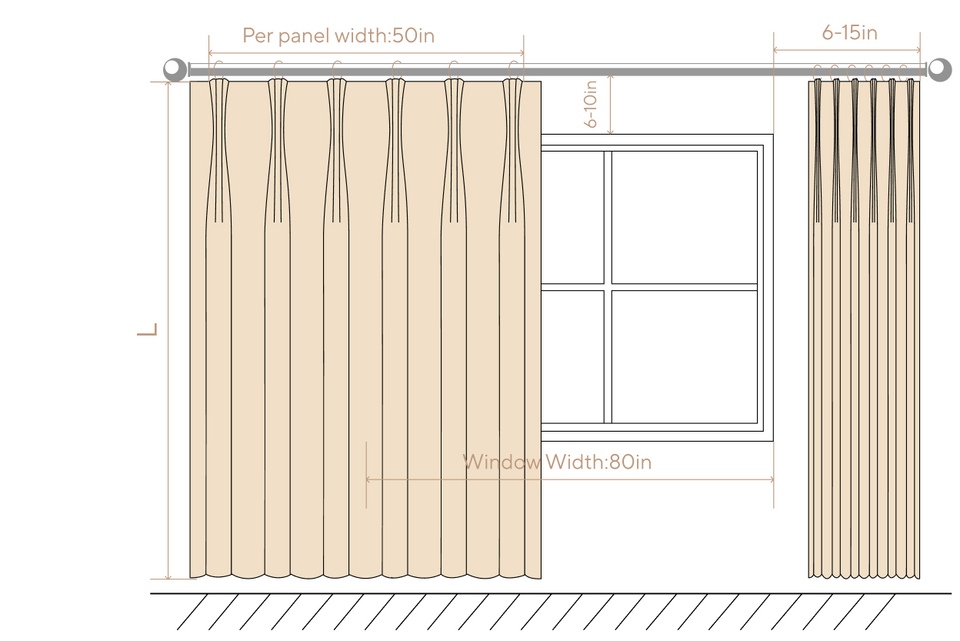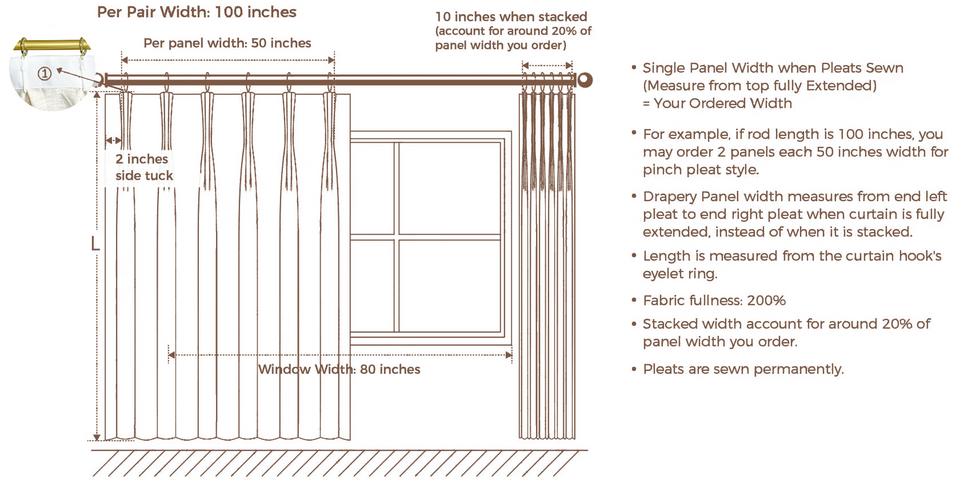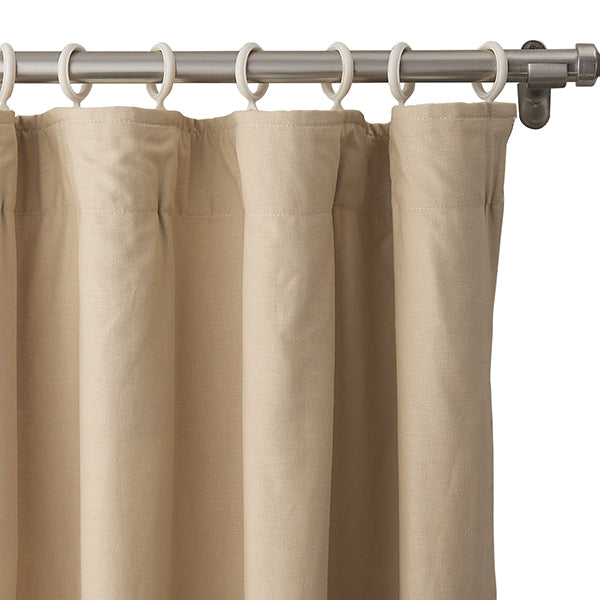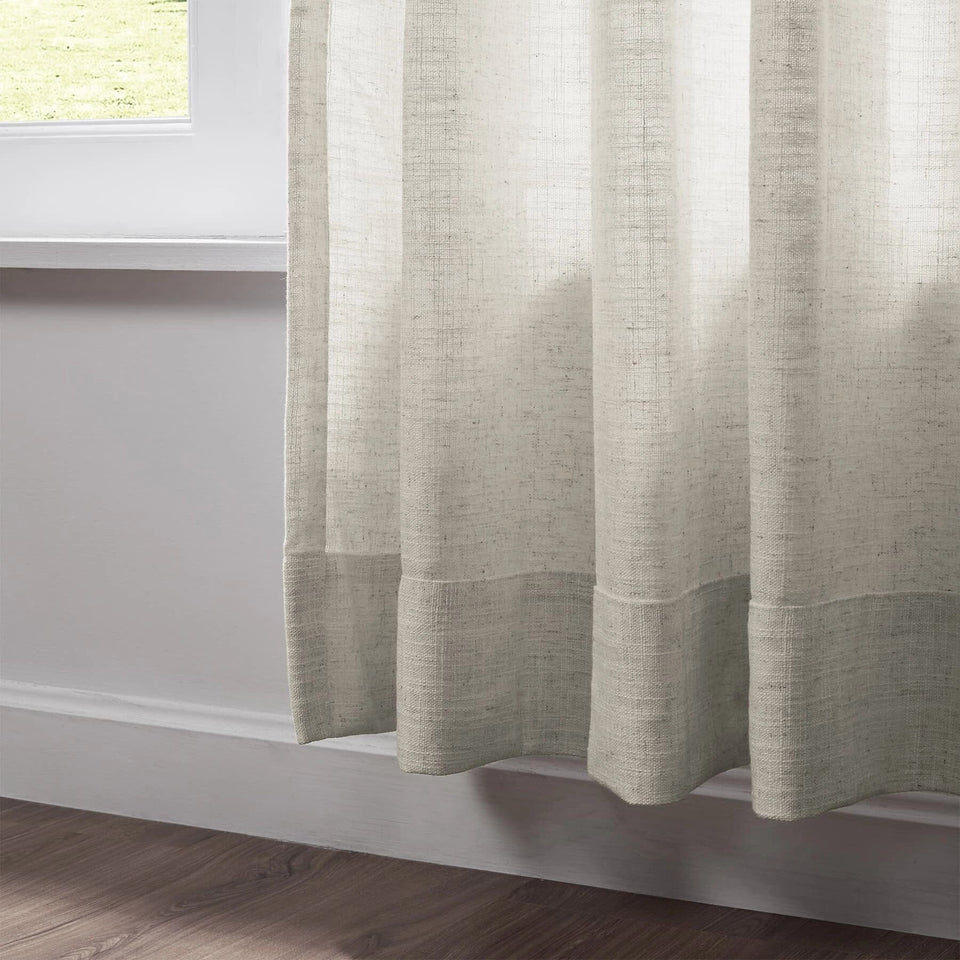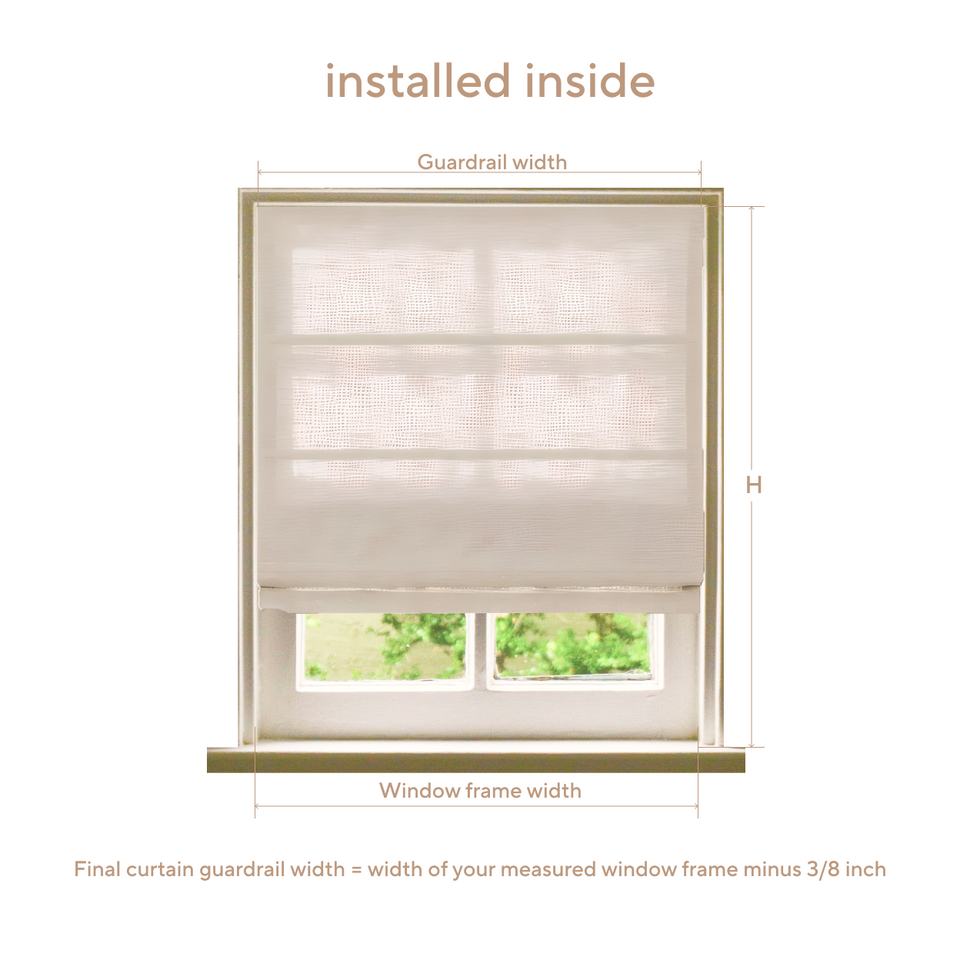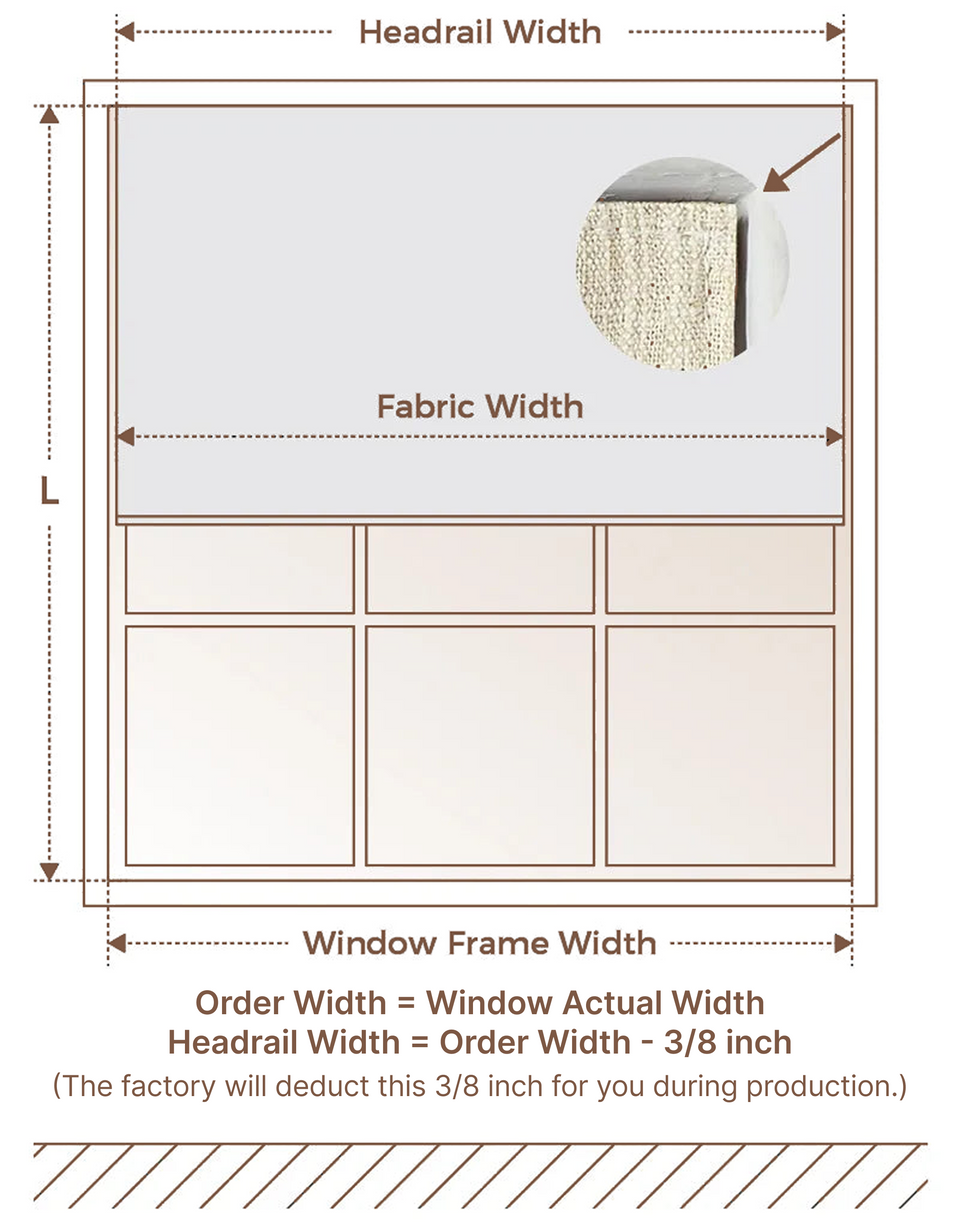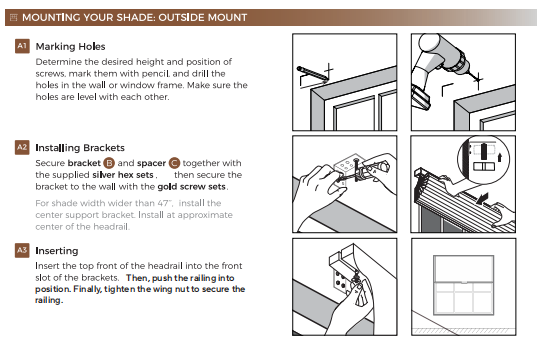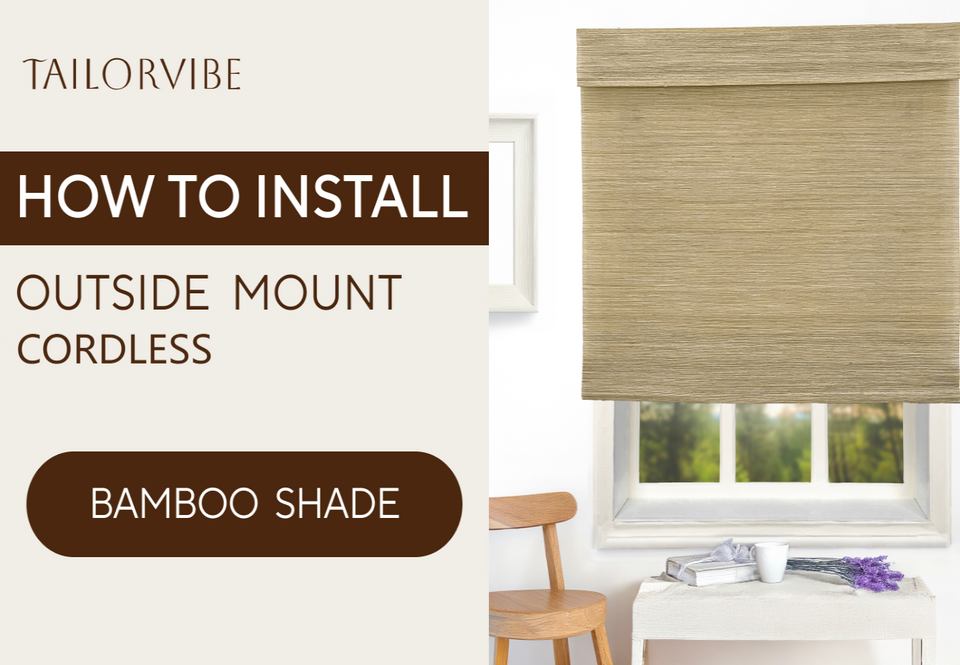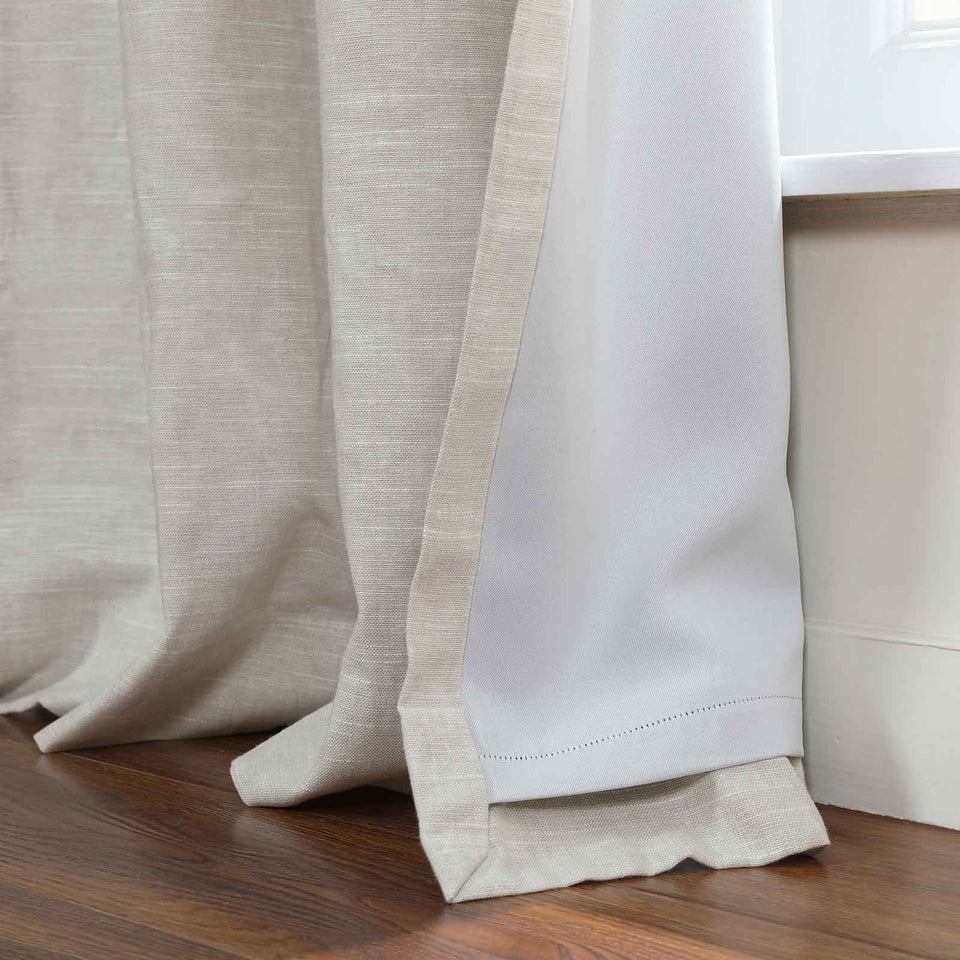How Long Should My Curtains & Drapes Be? A Comprehensive Guide to Custom Lengths
Selecting the perfect curtain length is an art form that can subtly transform your living spaces. Custom curtains are more than just window coverings; they are design elements that reflect your personal style, enhance room aesthetics, and serve multiple functional purposes. This comprehensive guide will explore the importance of custom curtain lengths, helping you make informed decisions that elevate your interior design.
Why Are Custom Curtain Lengths Important?
When it comes to window treatments, one size definitely does not fit all. Custom curtain lengths allow homeowners to address unique architectural challenges, complement specific interior design themes, and solve practical spacing issues. Whether you're designing custom curtains for living room spaces or more intimate areas, understanding the nuanced approach to curtain sizing is crucial.

What Custom Curtain Options Do You Have?
The appropriate details in bespoke curtains will improve their utility as well as appearance. Beginning with your preferred header style will help you to define the decor's tone. While tailor pleat designs provide sophistication and volume, options include pinch pleat and triple pleat, which offer timeless elegance. Think about tape pleats or the contemporary twist of pinch pleats with rear tabs for a flexible design.
A perfect fit is absolutely crucial. Curtains span a broad spectrum in width from 12 to 240 inches and in length from 29 to 302 inches. This range guarantees that you will be able to identify the perfect fit for any window, big or small.
Liners play a crucial role in how your curtains function. You can choose unlined options for maximum natural light or select from various liners for different purposes. Lightweight microfiber and cotton liners offer moderate light control, while blackout and thermal options provide enhanced privacy and energy efficiency.
Additional features include memory shape technology, which helps curtains maintain their form, and optional curtain rings with a 1.38-inch inner diameter for ease of movement. All these choices allow you to customize your curtains to perfectly suit your aesthetic preferences and functional needs.
What Are the Different Custom Curtain Length Options?
1. Sill Length Curtains
Sill-length custom curtains represent a versatile and practical solution for many interior spaces. These curtains typically end just below the window sill, making them an excellent choice for rooms with specific spatial constraints. They are particularly suitable for:
- Kitchens with limited wall space
- Rooms featuring radiators or furniture near windows
- Spaces requiring maximum natural light
- Areas with a more casual, functional aesthetic
The beauty of sill-length custom curtains lies in their ability to provide a clean, crisp look while maintaining the room's practical functionality.
2. Floor Length Curtains
Floor-length custom curtains epitomize elegance and sophistication. These curtains gracefully touch or slightly hover above the floor, creating a dramatic visual impact. They are ideal for:
- Formal living rooms
- Master bedrooms
- Dining areas
- Spaces seeking a more refined, luxurious atmosphere
By carefully selecting custom curtain sizes for floor-length options, homeowners can create an illusion of higher ceilings and larger windows, instantly elevating the room's visual appeal.
3. Puddle Length Curtains
For those seeking the ultimate in luxury and dramatic flair, puddle-length custom curtains offer an unparalleled aesthetic experience. These curtains extend beyond the floor, creating a soft, romantic pooling effect. They are best suited for:
- Low-traffic areas
- Spaces with minimal floor movement
- Roomsdesiring an opulent, cinematographic feel
- Areas where visual drama takes precedence over practicality

Precise Measurement Techniques for Custom Curtain Lengths
When preparing to install custom curtains, precise measurements are crucial for the perfect fit and a polished appearance.
Step 1: Measure the Width (Determine Rod/Track Length and Placement)
For Installed Rods:
Directly measure the full length of the rod and record this measurement, as it determines the width of your curtains.
For Uninstalled Rods:
- Rod Height Above the Window Frame: Decide how high above the window frame you will mount the rod. A common height is 6-10 inches above the frame to give the illusion of larger windows. Mark this height lightly with a pencil or use masking tape as a guide.
- Width Beyond the Window Frame: Extend the rod 6-15 inches beyond each side of the window frame. This allows space for the curtains to stack back fully when open, optimizing light and view.
Step 2: Understand and Account for Fullness
To ensure your curtains hang properly and provide adequate coverage without looking stretched, consider the fullness based on the header style:
Pleated Styles:
Fullness is pre-calculated at approximately 200-230%. No extra width needs to be added because:
- Pinch Pleat, Tailor Pleat, Inverted Pleat, Goblet Style: Fabric fullness is built-in at 2x.
- Triple Pleat, Triple Tailor Pleat: At 2.3x fullness.
Soft Top and Grommet Styles:
These styles typically require 150-200% fullness.
- For a tailored look, use 1.5 times the rod width.
- For a richer appearance, use 2 times the rod width.
Ripple Fold Style:
Default fullness is set at 200%, using wave folds that create an elegant drape without requiring additional fabric.
Step 3: Determine Drapery Finished Width and Length
Calculating Panel Width:
- Pleated Style: Determine each panel's width by dividing the rod track's full length by the number of panels. Example: For a 100-inch rod, order two panels, each 50 inches wide.
- Soft Top/Grommet Styles: Calculate panel width using the formula: (Rod Track Full Length x Desired Fullness) / Number of Panels.
- Ripple Fold Style: Similar calculation to pleated style, ensuring the full length is divided evenly across panels.
Length Measurements:
- Floor-Length Curtains: Measure from the top of the rod to just above the floor to avoid dragging.
- Apron-Length Curtains: Measure from the rod to slightly below the windowsill, adding any desired additional length for the protruding part.
- Sill-Length Curtains: Measure from the rod to the windowsill.
Key Considerations for Measuring and Ordering Custom Curtains
- Accurate Width Measurement: First, determine the rod's or track's whole length. Then, divide this measurement by the number of panels you intend to install to get the single panel width.
- Custom Drapery Guidelines: Remember that your custom draperies will be created according to the width and length you request. Hence, perfect measurements are quite important.
- Ordering Panels: Fullness affects panel count. If one chooses a higher fullness, for instance, extra panels may be required to keep the intended look.
Advanced Considerations for Custom Curtain Selection
When exploring custom curtain lengths, several additional factors come into play:
- Room functionality
- The existing interior design theme
- Natural light requirements
- Furniture placement
- Overall aesthetic goals
The goal is not just to cover a window but to create a harmonious design element that enhances the entire living space.
Final Reflections
Choosing the appropriate custom curtain length requires a complex procedure combining creative vision with pragmatic concerns. The ideal curtain is about harmonizing form and function to reflect your own style and improve your living space, not only about length.

FAQ about Custom Curtain Lengths
How long do custom curtains take?
Custom curtains typically take 4-7 days to produce. Complex designs might extend to 10 days. Always confirm the exact timeline with your manufacturer.
Does it look bad if the curtains don't touch the floor?
Slightly elevated curtains can look clean and intentional. Aim for a minimal 1/2 inch clearance, or choose floor length for a more elegant appearance.
What color curtains with white walls?
White walls love neutrals like beige and gray. Bold colors like navy or emerald create a striking contrast. Textured fabrics add visual interest.
What length of curtains makes a room look bigger?
Floor-length curtains mounted high and wide create an illusion of larger windows. Extend the curtain rod beyond the window width to maximize space.
Is it OK to hang wet curtains?
Never hang wet curtains. Moisture causes mildew and fabric damage. Always fully dry curtains before rehanging, following specific fabric care instructions.




